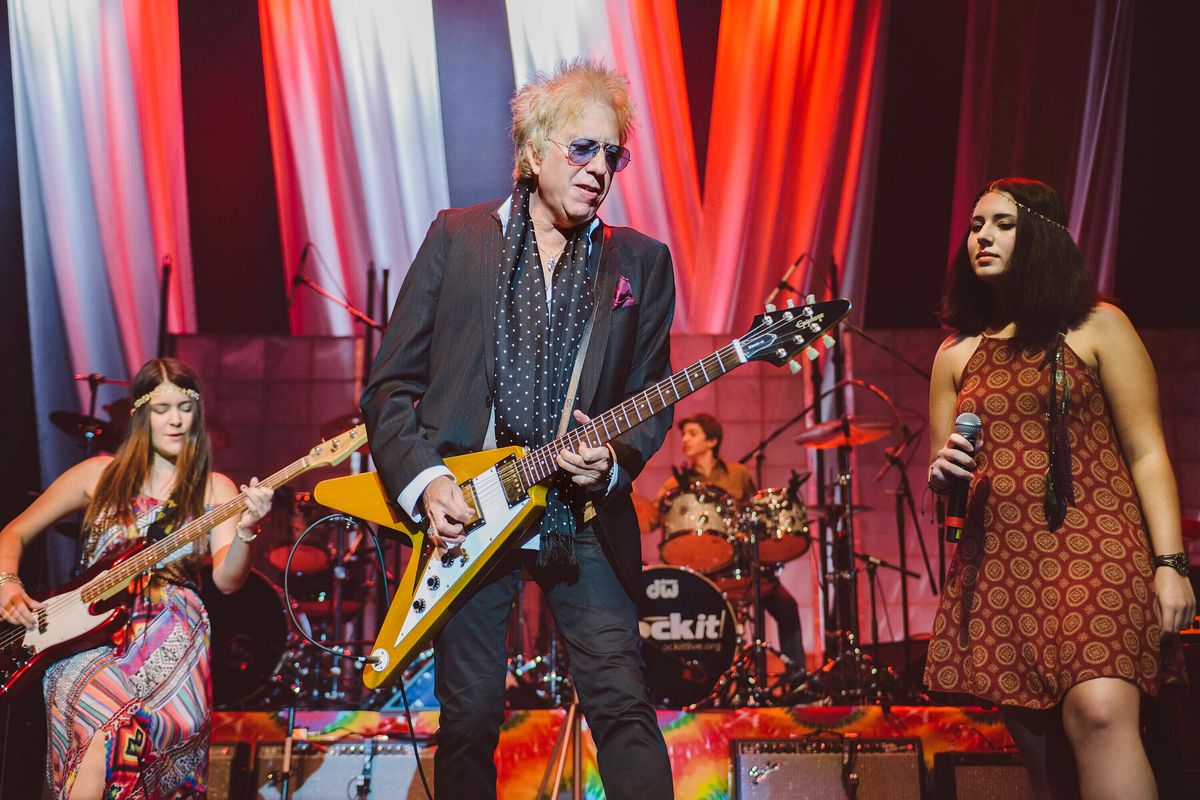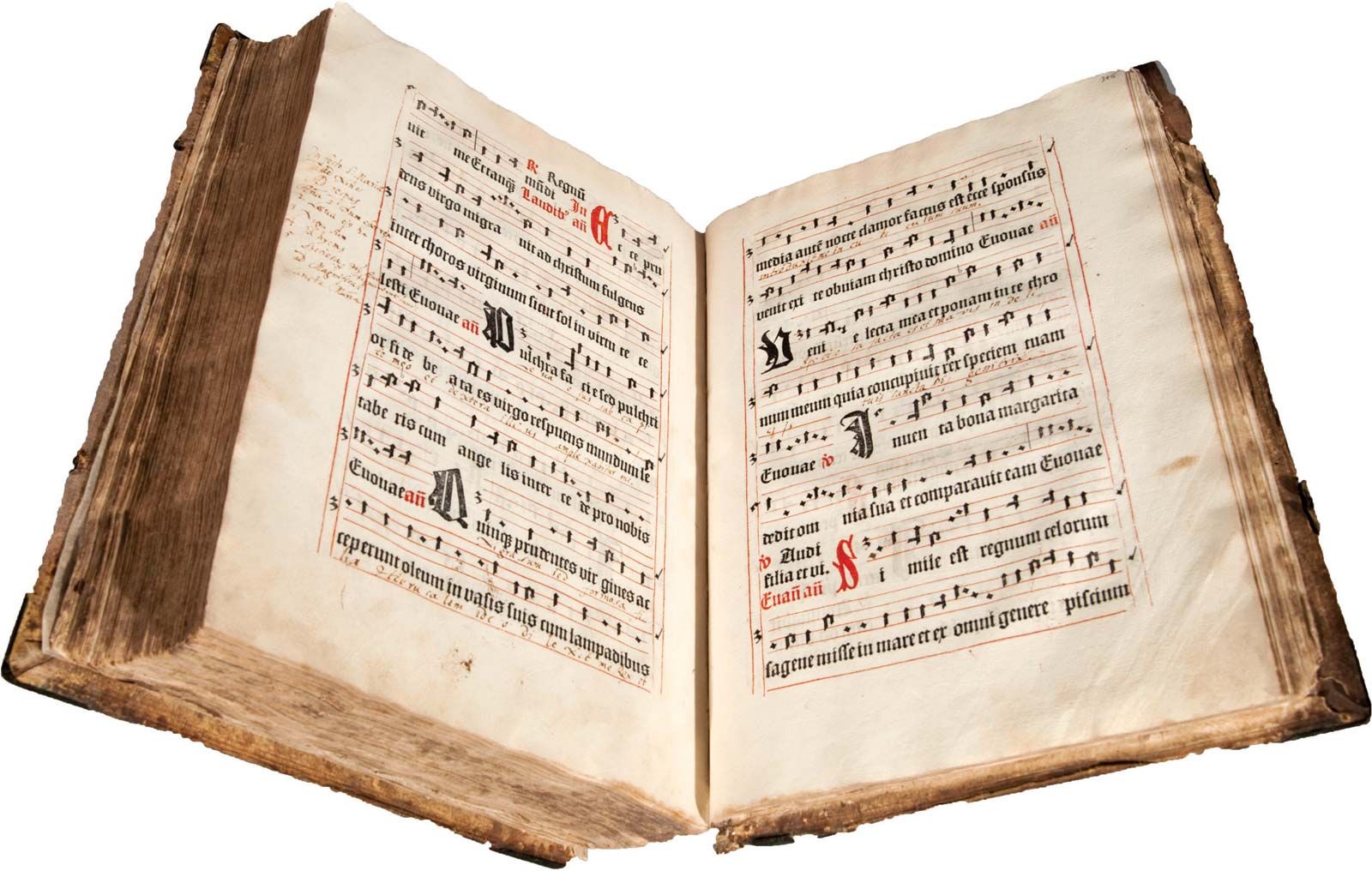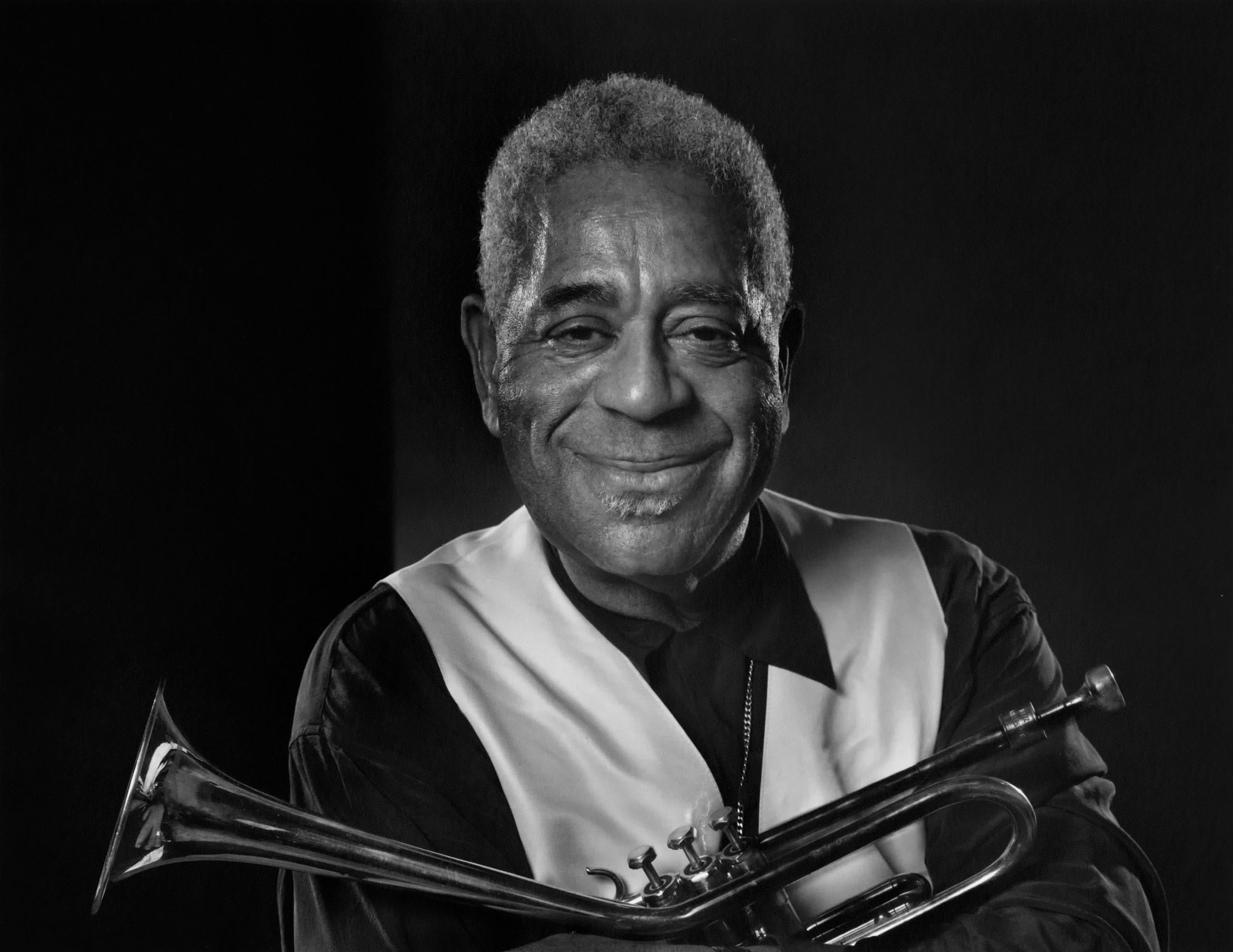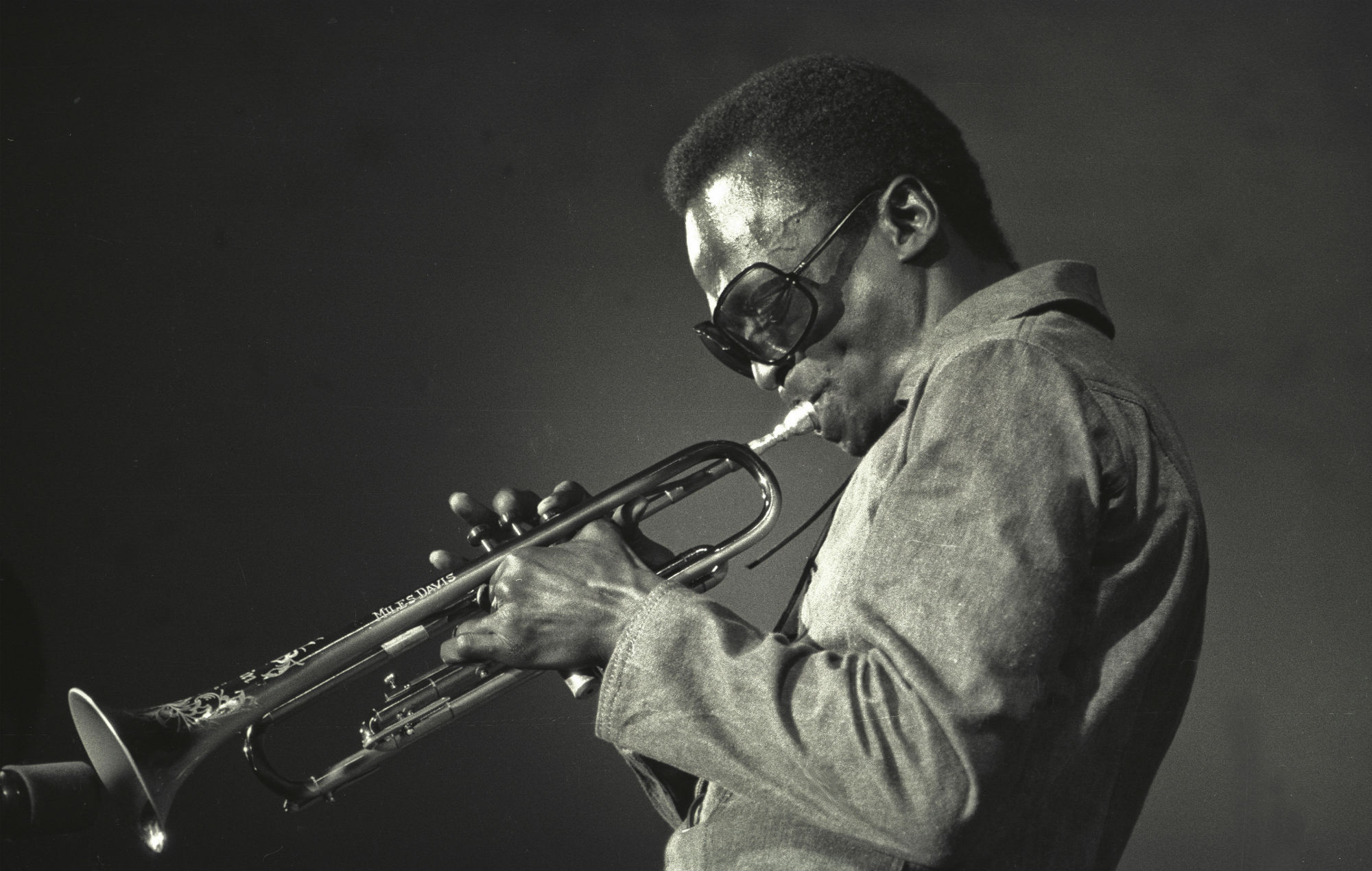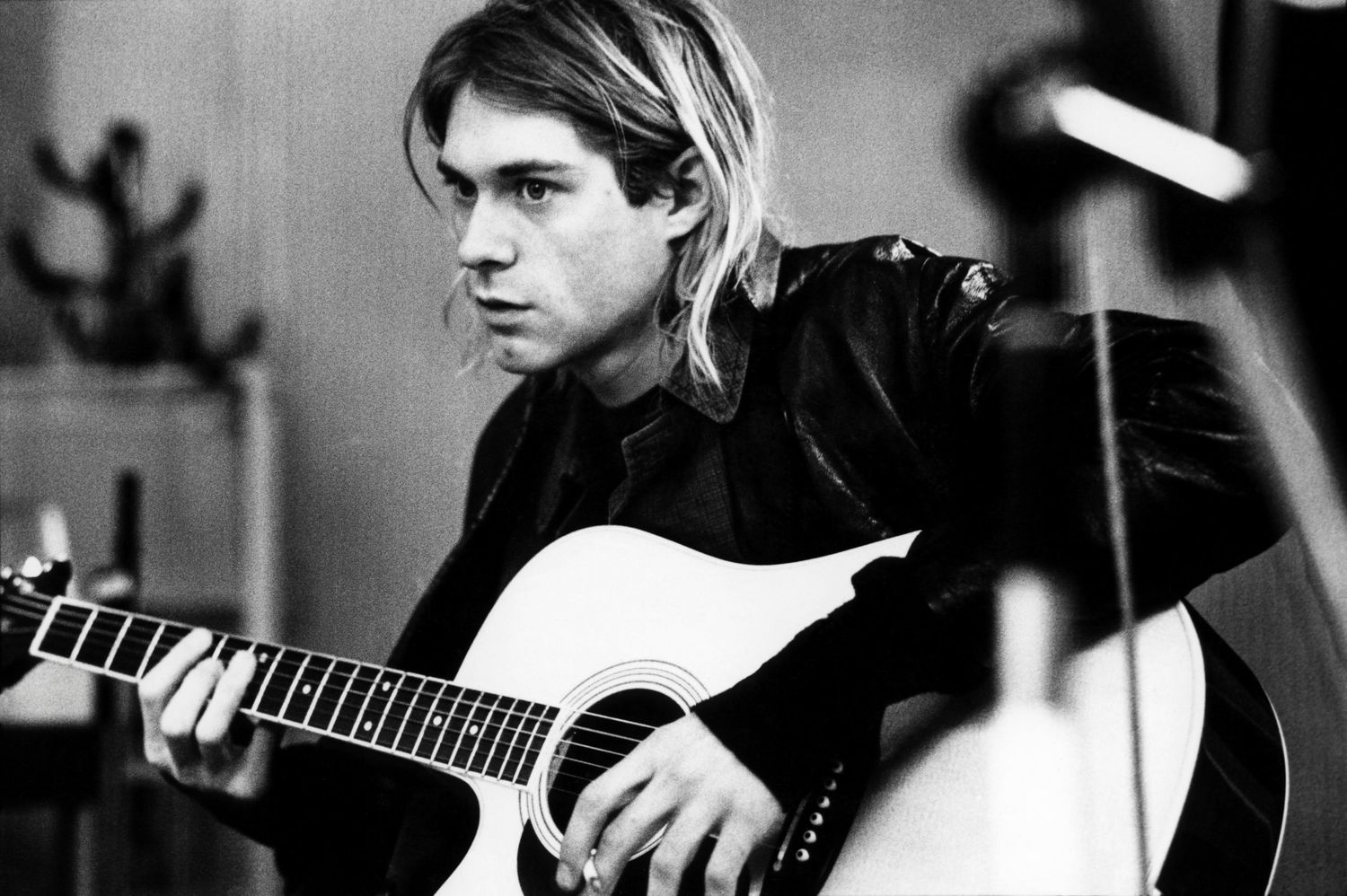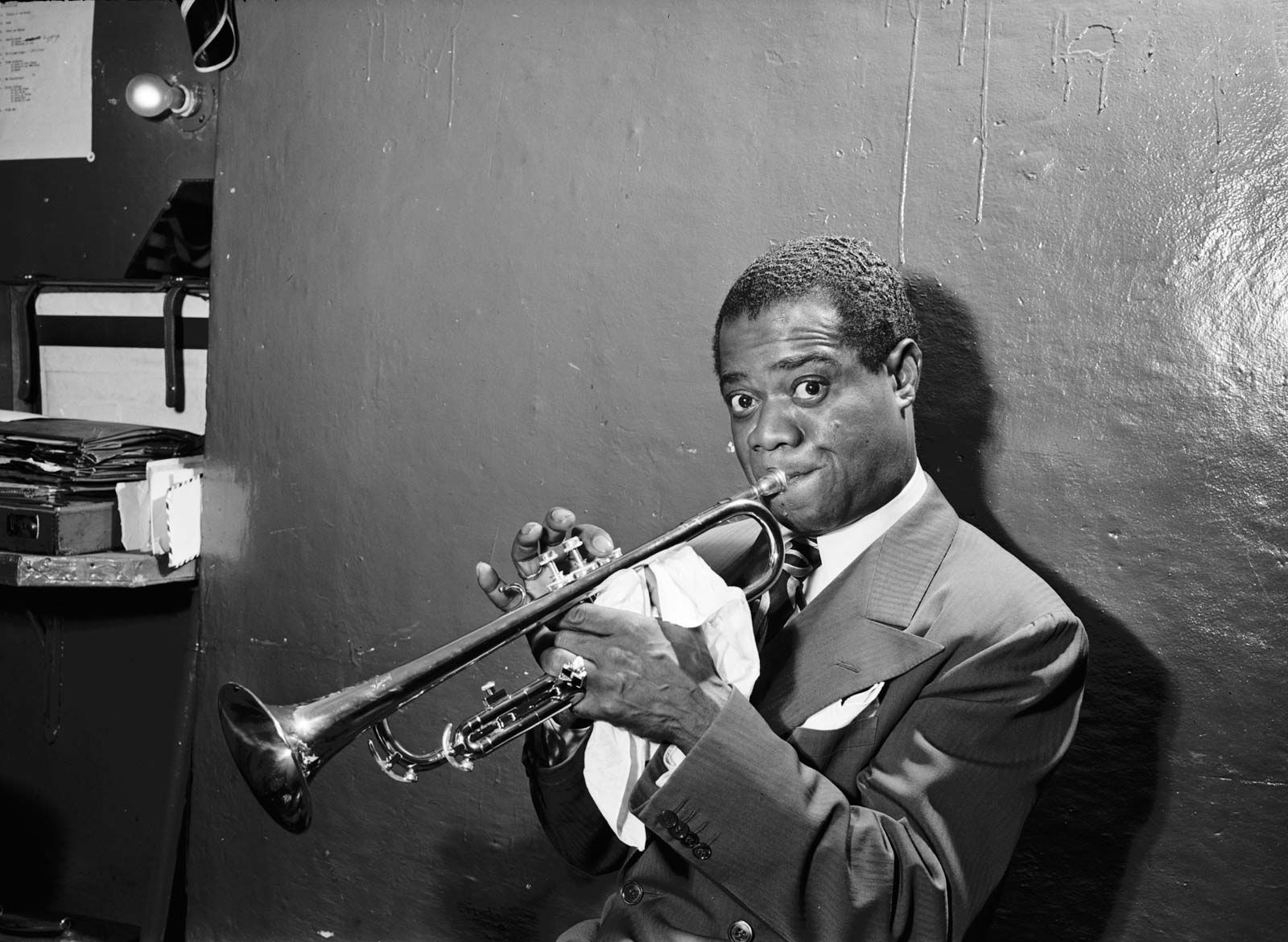Home>Genres>Jazz>Who Was The Most Influential Jazz Guitarist In The History Of Jazz Guitar Style?
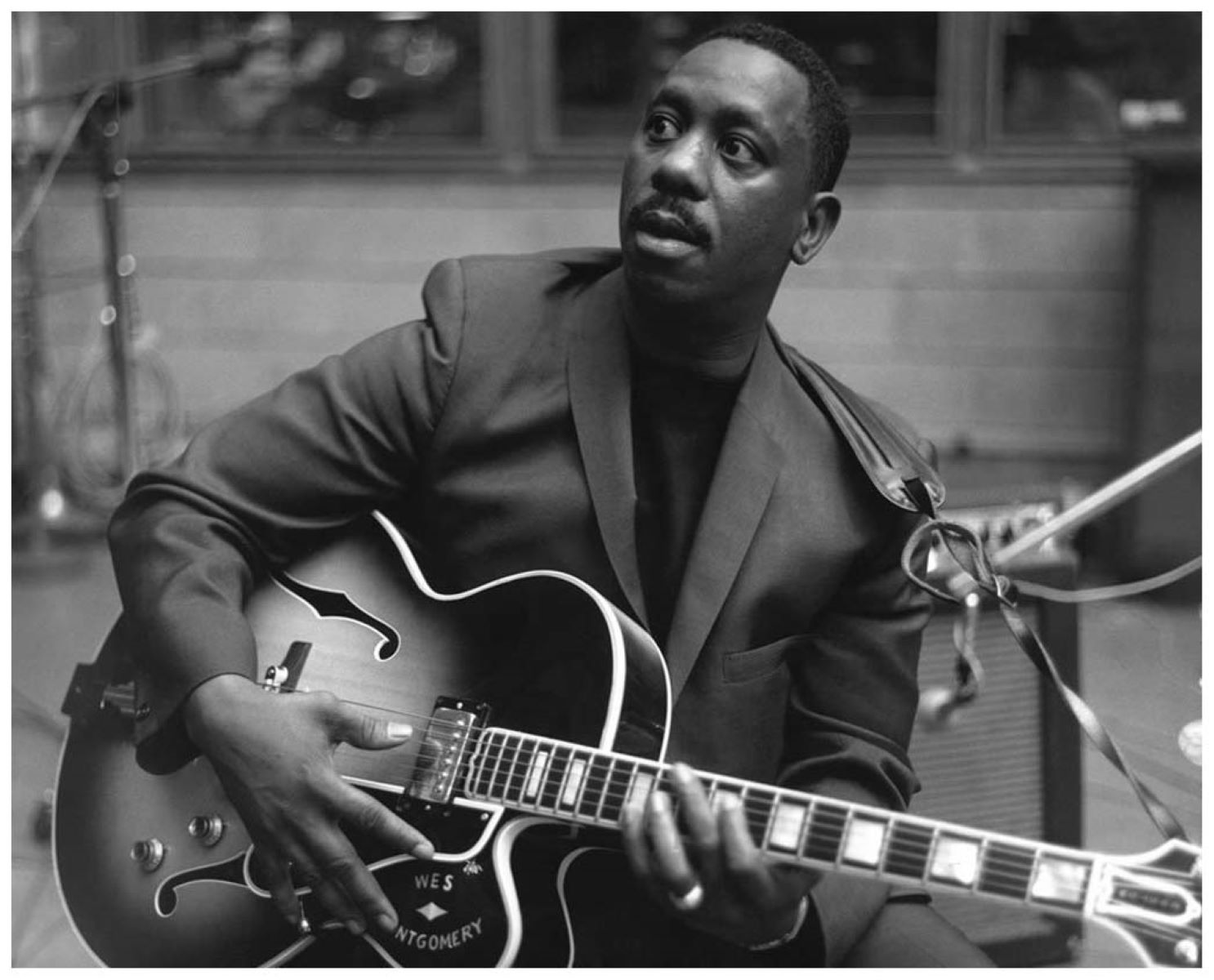

Jazz
Who Was The Most Influential Jazz Guitarist In The History Of Jazz Guitar Style?
Modified: February 19, 2024
Discover the most influential jazz guitarist in history who shaped the jazz guitar style. Explore the impact of jazz on this legendary musician and his innovative contributions to the genre.
(Many of the links in this article redirect to a specific reviewed product. Your purchase of these products through affiliate links helps to generate commission for AudioLover.com, at no extra cost. Learn more)
Table of Contents
- Introduction
- Early Origins of Jazz Guitar Style
- Innovation and Influence of Eddie Lang
- The Pioneering Style of Django Reinhardt
- The Swing Era and the Virtuosity of Charlie Christian
- The Unique Approach of Wes Montgomery
- The Master of Bebop: Kenny Burrell
- The Experimental Sounds of Jim Hall
- The Fusion Revolution: Pat Metheny
- Conclusion
Introduction
Jazz, a genre of music known for its improvisation, syncopation, and swing, has produced some of the most influential and talented musicians in history. Among them, jazz guitarists have played a pivotal role in shaping the evolution of this genre, bringing their unique styles and techniques to the forefront.
From the early origins of jazz in the early 20th century to the modern fusion sounds of today, jazz guitarists have left an indelible mark on the history of music. With their innovative approaches to playing the instrument, they have pushed the boundaries and expanded the possibilities of jazz guitar.
In this article, we will delve into the lives and legacies of some of the most influential jazz guitarists in history. We will explore their contributions to the development of jazz guitar style and examine how their distinct voices have influenced generations of musicians.
From the pioneering styles of Eddie Lang and Django Reinhardt to the virtuosity of Charlie Christian and Wes Montgomery, we will uncover the unique qualities that set each guitarist apart. We will also explore the contributions of Kenny Burrell, Jim Hall, and Pat Metheny, who brought their own innovative approaches to jazz guitar.
By examining the journeys and legacies of these incredible musicians, we aim to gain a deeper understanding of the evolution of jazz guitar and the lasting impact these artists have had on the genre.
Early Origins of Jazz Guitar Style
The early origins of jazz guitar can be traced back to the late 19th and early 20th centuries, when the guitar began to be incorporated into the ensembles of bands playing ragtime and early jazz music. During this time, the guitar primarily served a rhythm function, providing a harmonic foundation alongside other instruments such as the piano and banjo.
One of the key figures in the development of jazz guitar style during this period was Eddie Lang. Born Salvatore Massaro in 1902, Lang was an Italian-American guitarist who became known for his virtuosic playing and innovative approach to the instrument. He was one of the first guitarists to bring a melodic, single-note style to jazz, adding a new dimension to the music.
Lang’s playing style, characterized by his precise technique and crystal-clear tone, set a new standard for jazz guitarists. He often collaborated with renowned jazz musicians such as Louis Armstrong and Bix Beiderbecke, lending his unique touch to their recordings. Lang’s contributions to jazz guitar laid the foundation for the melodic and improvisational approach that would come to define the genre.
Another pivotal figure in the early development of jazz guitar was Django Reinhardt. Hailing from Belgium, Reinhardt overcame incredible odds, including a devastating fire that nearly cost him his life and left him with limited mobility in two fingers of his left hand. Despite these challenges, Reinhardt developed a remarkable playing style that incorporated his undeniable talent for improvisation.
Reinhardt’s hybrid approach to guitar playing, blending elements of jazz, swing, and gypsy music, created a new sound that captivated audiences. With his lightning-fast fingers and inventive harmonic choices, he brought a fiery energy to his performances. Reinhardt’s influence can still be heard in the playing of countless jazz guitarists today, as his contributions to the genre continue to resonate.
The early origins of jazz guitar style established the foundation for the instrument’s role in the genre. With the innovative techniques and musicality of Eddie Lang and Django Reinhardt paving the way, jazz guitar would soon evolve and expand, ushering in new eras and influential players who would push the boundaries even further.
Innovation and Influence of Eddie Lang
When discussing the history of jazz guitar, it is impossible to overlook the profound impact of Eddie Lang. Born Salvatore Massaro in Philadelphia in 1902, Lang was an Italian-American guitarist who revolutionized the instrument’s role in jazz music.
Lang’s innovative playing style and technical mastery set him apart from his contemporaries. He was one of the first guitarists to bring melodic, single-note lines to jazz, elevating the instrument beyond its traditional rhythmic role. Lang’s fluid phrasing, precise technique, and unparalleled sense of melody made him a sought-after collaborator for renowned jazz musicians of the time.
One of Lang’s most significant contributions to jazz guitar was his ability to seamlessly blend the styles of both the lead and rhythm guitar. He effortlessly transitioned between accompanying the ensemble with chordal voicings and taking captivating solo lines. This versatility not only showcased his virtuosity but also added a new dimension to jazz guitar playing.
Lang’s collaborations with other jazz luminaries, such as Louis Armstrong, Bix Beiderbecke, and Joe Venuti, further solidified his reputation as an influential guitarist. His melodic lines intertwined beautifully with the horn players, creating a seamless interplay that defined the early days of jazz. Lang’s subtle and sensitive playing style brought a new level of nuance and expression to jazz guitar, influencing countless guitarists who followed in his footsteps.
Tragically, Lang’s life was cut short at the young age of 30, when he succumbed to a sudden illness. However, his impact on jazz guitar continued to resonate long after his passing. Lang’s pioneering approach to the instrument inspired future generations of guitarists to push the boundaries and explore new possibilities.
Today, Eddie Lang’s legacy remains, not only through his historic recordings but through the countless musicians he influenced. His innovation, technical prowess, and melodic sensibility laid the groundwork for the evolution of jazz guitar and continue to shape the genre to this day.
The Pioneering Style of Django Reinhardt
When it comes to revolutionizing jazz guitar, few names carry as much weight as Django Reinhardt. Born in Belgium in 1910, Reinhardt’s incredible talent and groundbreaking approach to the instrument made him a true pioneer in the world of jazz.
What sets Reinhardt apart is not just his mesmerizing playing style but also his ability to overcome adversity. A tragic fire in 1928 left him with severe burns on his hand, causing limited mobility in two fingers. Despite this setback, Reinhardt relearned the guitar by developing an entirely new fingering technique, adapting his playing to his physical limitations.
Reinhardt’s technique, known as “hot” or “gypsy” style, incorporated elements of swing, jazz, and his Romani heritage. His playing was characterized by lightning-fast arpeggios, intricate chromatic runs, and breathtaking improvisation. With a unique blend of rhythmic drive and melodic complexity, Reinhardt’s playing had an unmatched energy and intensity.
Reinhardt, along with violinist Stéphane Grappelli, co-founded the famous Quintette du Hot Club de France. This ensemble, featuring two guitars, violin, bass, and occasionally a clarinet or piano, showcased Reinhardt’s virtuosity as the lead guitarist. His collaborations with Grappelli resulted in some of the most iconic and influential recordings in jazz history.
Reinhardt’s style not only captivated audiences but also inspired countless future generations of guitarists. His innovative use of arpeggios and unconventional chord progressions became trademarks of the gypsy jazz genre, which has continued to thrive and evolve in the years since his passing.
Moreover, Reinhardt’s impact extended beyond his technical prowess. His vibrant personality and infectious joy for music made him an influential figure in the jazz community. Reinhardt’s spirit of innovation and resilience continues to inspire musicians to embrace their individuality and push the boundaries of what is possible on the guitar.
Django Reinhardt’s pioneering style remains etched in the annals of jazz history. His unique approach to the instrument, remarkable improvisational skills, and ability to transcend physical limitations have left an indelible mark on jazz guitar. Reinhardt’s contributions continue to shape the jazz landscape and serve as a testament to the power of innovation and determination.
The Swing Era and the Virtuosity of Charlie Christian
The Swing Era of the 1930s and 1940s brought jazz to new heights of popularity, and one guitarist who left an indelible mark during this period was Charlie Christian. Born in 1916 in Texas, Christian’s virtuosic playing and innovative approaches to improvisation helped define the sound of the era.
Christian rose to prominence as a member of the Benny Goodman Sextet, where his groundbreaking solos and melodic phrasing caught the attention of listeners and fellow musicians alike. He became one of the first electric guitarists to achieve mainstream recognition, showcasing the instrument’s potential in a jazz context.
Christian’s playing style combined elements of swing, blues, and bebop, with an emphasis on melodic improvisation. His solos were a dazzling display of technical prowess, marked by sweeping arpeggios, lightning-fast single-note runs, and nuanced phrasing. Christian’s command of the instrument and his ability to effortlessly navigate complex chord progressions set a new standard for jazz guitar.
One aspect that set Christian apart was his innovative use of amplification. At a time when electric guitars were still relatively new to the jazz scene, he embraced the possibilities afforded by amplified sound. Christian’s electric guitar solos cut through the big band arrangements, commanding attention and adding a new layer of excitement to the music.
Tragically, Christian’s career was cut short due to illness, and he passed away at the young age of 25. However, his impact on jazz guitar had already been firmly established, and his influence continues to be felt to this day.
Charlie Christian’s virtuosity and groundbreaking style during the Swing Era paved the way for future generations of jazz guitarists. His innovative use of amplification and his ability to seamlessly blend swing and bebop inspired countless musicians. Christian’s contributions remain a testament to the power of individual expression and the enduring impact of his musical legacy.
The Unique Approach of Wes Montgomery
When it comes to jazz guitar, few names are as revered as Wes Montgomery. Born in 1923 in Indiana, Montgomery developed a unique playing style that set him apart from his contemporaries and established him as one of the most influential guitarists in jazz history.
What distinguished Montgomery’s playing was his distinctive use of thumb technique, also known as “thumb picking.” Rather than using a conventional pick, Montgomery used his thumb to pluck the strings, giving his playing a warm and mellow tone. This approach allowed him to create rich and expressive lines, with a distinctly vocal quality.
In addition to his thumb technique, Montgomery was known for his innovative use of harmony. He explored chordal voicings and unconventional progressions, creating lush and complex arrangements. His ability to seamlessly blend single-note lines with chordal melodies added a depth and richness to his playing that was unparalleled.
Montgomery’s improvisational skills were also a hallmark of his style. His solos were marked by melodic inventiveness, rhythmic precision, and a sense of storytelling. His lyrical approach to improvisation captivated audiences and showcased his ability to communicate emotions through his guitar.
Montgomery’s popularity skyrocketed in the 1960s, with the release of his album “The Incredible Jazz Guitar of Wes Montgomery.” The album showcased his virtuosity and musicality, cementing his status as one of the most respected guitarists of the era.
Beyond his technical abilities, Montgomery was also known for his humility and humble demeanor. He was admired not only for his musical skills but also for his dedication to his family and his community. His grounded personality added to the allure of his music, making him a beloved figure in the jazz world.
Wes Montgomery’s unique approach to jazz guitar continues to inspire musicians to this day. His thumb technique, innovative harmony, and melodic improvisation set a new standard for the instrument. Montgomery’s influence extends far beyond the jazz genre and has left an indelible mark on guitarists across various musical styles.
The Master of Bebop: Kenny Burrell
When it comes to bebop guitar, few names command as much respect and admiration as Kenny Burrell. Born in 1931 in Detroit, Michigan, Burrell’s contributions to the genre have solidified his status as one of the most accomplished and influential jazz guitarists of all time.
Known for his impeccable technique, sublime phrasing, and deep understanding of the bebop language, Burrell emerged as a master of his craft during the 1950s. He was a key figure in the Detroit jazz scene, where he honed his skills alongside luminaries such as Yusef Lateef and Donald Byrd.
Burrell’s playing style was characterized by its blues-infused elegance and his ability to effortlessly navigate complex bebop harmonies. He had a deep respect for the tradition of jazz guitar, often drawing inspiration from predecessors such as Charlie Christian and Django Reinhardt, while simultaneously pushing the boundaries with his own unique sound.
What set Burrell apart was his impeccable sense of taste and restraint. His solos were marked by a refined sense of melody and a deep swing feel. He possessed the ability to build tension and release it with a single note, captivating listeners with his lyrical approach to improvisation.
Burrell’s versatility as a musician allowed him to excel in a variety of settings. Whether leading his own groups or playing alongside jazz giants such as John Coltrane or Art Blakey, Burrell’s playing always remained tasteful and in service of the music.
Beyond his skills as a performer, Burrell has also made significant contributions to jazz education. He has served as a professor at the University of California, Los Angeles (UCLA), where he mentored and inspired future generations of jazz musicians.
Kenny Burrell’s mastery of bebop guitar continues to influence and inspire guitarists around the world. His unmatched technique, timeless sense of swing, and dedication to the art form have solidified his place in the pantheon of jazz legends.
The Experimental Sounds of Jim Hall
When it comes to pushing the boundaries of jazz guitar, few musicians have been as adventurous and innovative as Jim Hall. Born in 1930 in Ohio, Hall’s unique approach and experimental sounds have made him a revered figure in the world of jazz.
From the early days of his career, Hall displayed a keen interest in exploring new possibilities on the guitar. He was known for his creative use of harmony, unconventional chord voicings, and a willingness to experiment with different textures and techniques.
One of Hall’s defining characteristics as a guitarist was his ability to create aural landscapes through his playing. He would often employ open strings, harmonics, and alternate tunings to enhance the sonic palette of his compositions. This resulted in a distinct and richly textured sound that set him apart from his contemporaries.
Hall’s playing style was marked by a subtle and tasteful approach. He was a master of space and dynamics, often favoring a minimalist approach to allow the music to breathe. His melodic improvisations were filled with thoughtful phrasing and a deep sense of lyricism.
In addition to his groundbreaking work as a performer, Hall was also a skilled composer. Many of his compositions have become jazz standards, showcasing his ability to craft engaging melodies and intricate harmonies.
Throughout his career, Hall collaborated with a wide range of musicians, spanning various genres and styles. From working with avant-garde greats like Ornette Coleman to more mainstream artists like Bill Evans, he showcased his versatility and adaptability as a musician.
Jim Hall’s contributions to jazz guitar cannot be understated. His innovative approach to sound and harmony, his ability to create captivating improvisations, and his dedication to exploring new musical territories have left an indelible mark. His influence can still be heard in the playing of countless guitarists today, as his legacy and experimental spirit continue to inspire musicians around the world.
The Fusion Revolution: Pat Metheny
When it comes to the fusion of jazz, rock, and other genres, few artists have made a bigger impact than Pat Metheny. Born in 1954 in Missouri, Metheny’s expansive musical vision, virtuosic guitar playing, and prolific compositions have solidified his place as a true innovator in the world of jazz fusion.
From a young age, Metheny displayed a prodigious talent on the guitar, mastering a wide range of styles and techniques. His playing incorporated elements of bebop, folk, and Brazilian music, creating a unique sonic landscape that defied categorization.
One of Metheny’s greatest contributions to jazz fusion was his innovative use of technology. He was an early adopter of guitar synthesizers and MIDI instruments, pushing the boundaries of what was possible on the instrument. His groundbreaking use of effects and looping allowed him to create lush, multi-layered compositions and dynamic live performances.
Metheny’s compositions are known for their intricate melodies, complex harmonies, and rich arrangements. He is renowned for his ability to craft musical landscapes that transport listeners to new sonic territories. Whether leading his Pat Metheny Group or collaborating with artists across various genres, his compositions have always been at the forefront of innovation and creativity.
Perhaps one of Metheny’s most significant achievements is his ability to bridge the gap between traditional jazz and popular music. His fusion sound, which blended elements of jazz improvisation with accessible melodies, garnered a broad audience and introduced many listeners to the world of jazz. This crossover appeal opened new doors for the genre and solidified Metheny’s status as a pioneer.
Metheny’s creative output spans over four decades, during which he has received numerous accolades, including 20 Grammy Awards across various categories. His relentless pursuit of artistic excellence and his willingness to explore new musical territories have cemented his legacy as one of the most important and influential guitarists in jazz fusion.
Today, Pat Metheny continues to push the boundaries of jazz fusion, inspiring countless musicians with his innovative approach to composition, his masterful guitar playing, and his unwavering commitment to musical exploration. His impact on the genre and his ability to create captivating and thought-provoking music ensure that his legacy will endure for generations to come.
Conclusion
The history of jazz guitar is a rich tapestry woven by the contributions of countless talented musicians. From the early pioneers like Eddie Lang and Django Reinhardt to the virtuosos of the swing era like Charlie Christian and the innovators like Wes Montgomery, the evolution of jazz guitar has been marked by individuality, innovation, and a continuous quest for artistic expression.
As the genre progressed, jazz guitarists like Kenny Burrell pushed the boundaries of harmonic possibilities, while Jim Hall embraced experimentation and created unique sonic landscapes. Pat Metheny, with his fusion revolution, bridged the gap between genres and introduced jazz to a broader audience.
Each guitarist has left an indelible mark on jazz guitar style, influencing generations of musicians who came after them. Their contributions, whether through technical mastery, innovative techniques, or ground-breaking compositions, have shaped the genre and continue to inspire new generations of guitarists.
From the melodic and improvisational innovations of Eddie Lang and Django Reinhardt, to the virtuosic playing of Charlie Christian and the unique approaches of Wes Montgomery, Kenny Burrell, Jim Hall, and Pat Metheny, jazz guitar has evolved into a diverse and vibrant art form.
It is through the creativity, passion, and ingenuity of these legendary figures that jazz guitar has reached new heights. They have opened doors for future generations to explore and expand upon their legacies, ensuring that the spirit of jazz guitar will continue to thrive.
As we reflect on the contributions of these influential jazz guitarists, we are reminded of the power of individual expression, the importance of pushing boundaries, and the transformative nature of music. Their legacies will forever be felt in the world of jazz and continue to inspire musicians and audiences alike.
Whether it’s the timeless melodies of Eddie Lang, the fiery energy of Django Reinhardt, the virtuosity of Charlie Christian, the unique approach of Wes Montgomery, the masterful playing of Kenny Burrell, the experimental sounds of Jim Hall, or the fusion revolution of Pat Metheny, each guitarist has enriched the tapestry of jazz guitar, leaving an enduring legacy that will be cherished for years to come.

